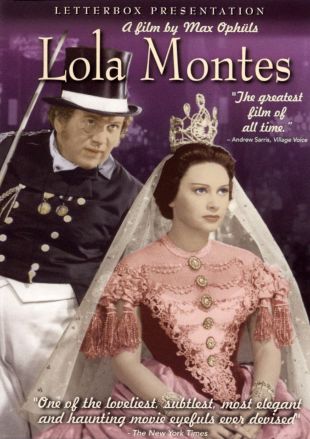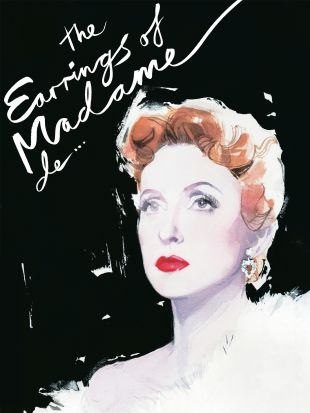Georges Annenkov was one of the top costume designers in French cinema from 1926 until the end of the 1950s. He came from a family that was buffeted by the currents and eddies of power in Russia, born Yuri Pavlovich Annenkov in Petropavlovsky-Kamchatsky. The Annenkovs and their ancestors were part of Imperial Russia's cultural elite, and Yuri's great uncle had published Alexander Pushkin's works, while his father was exiled to Siberia by the Czar for his alleged anti-Imperialist actvities. His father was subsquently pardoned, and Yuri Pavlovich, after abandoning an attempt to study law, was able to train to be an artist. He overcame accusations of political radicalism surrounding his family, and studied at the Stieglitz School of Art in St. Petersburg; his classmates there included Marc Chagall. He went to Paris for more study in the early teens, before the outbreak of the First World War, and began designing for the stage and illustrating books during the time of that conflict. He returned to Russia and was active in Soviet theater in the years immediately after the Revolution, in addition to gaining a reputation for his outdoor shows and his work as a portraitist. He emigrated in 1924 and settled in Paris, where he began designing ballet sets for Léonide Massine and George Balanchine. In 1926, he was engaged to design the costumes for F.W. Murnau's Faust, and thus began his career in movies, which would keep him busy for much of the next two decades, when he was involved in theater work. For the first decade after the liberation, from 1945 through 1955, he was the president of the French Syndicate of Cinema Technicians. Annenkov's most important body of work in film encompassed the costumes he designed for the postwar French films of Max Ophüls, including La Ronde and The Earrings of Madame De... (for which he received an Oscar nomination). His work with Ophüls culminated with the dazzling costumes he created for the director's final film, Lola Montès (1955), which took full advantage of Christian Matras' Technicolor photography.
Georges Annenkov
Share on


